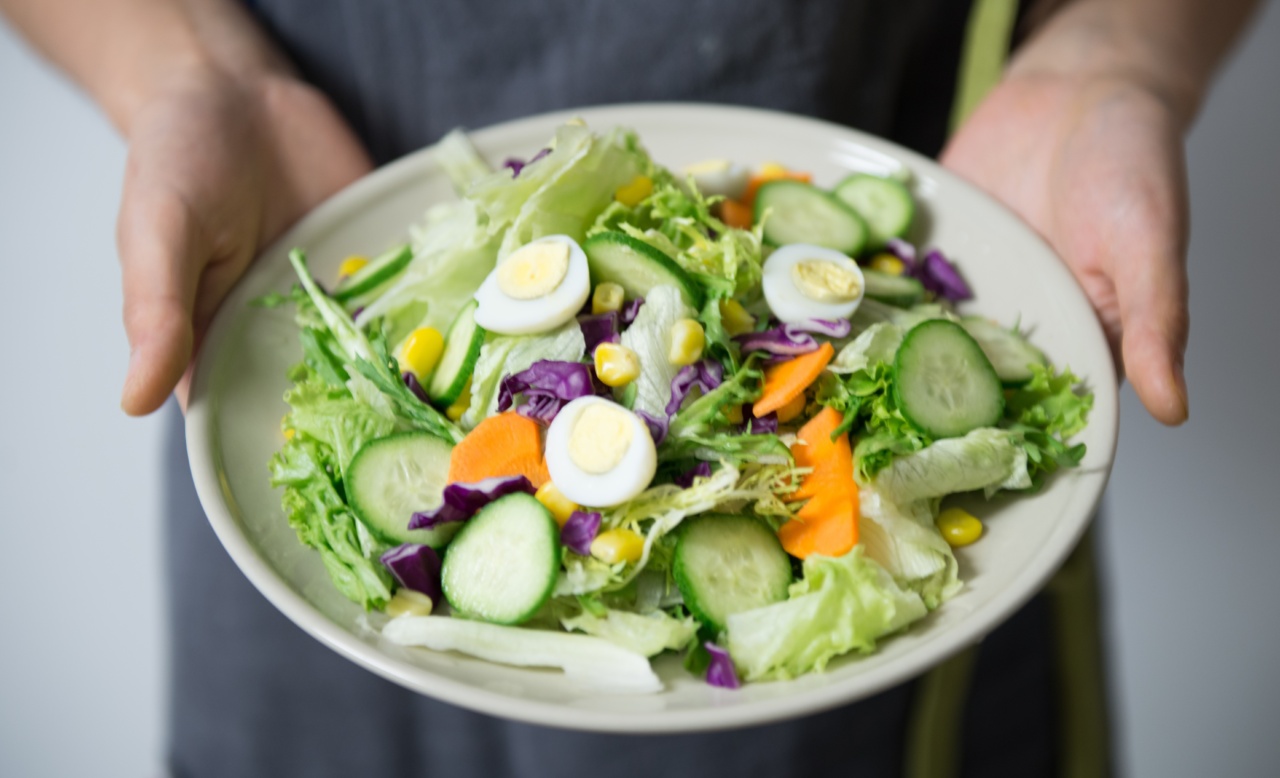Gastroenteritis, also known as stomach flu, is a common ailment characterized by inflammation or irritation of the stomach and intestines.
It is typically caused by a viral or bacterial infection and can lead to symptoms such as nausea, vomiting, diarrhea, and abdominal pain. While medication and rest play a crucial role in recovering from gastroenteritis, proper nutrition also plays a significant role in speeding up the healing process and preventing further discomfort.
This article will provide an overview of the foods to eat and avoid when dealing with gastroenteritis.
1. Hydration is Key
One of the most critical aspects of nutrition for gastroenteritis is staying hydrated. Frequent vomiting and diarrhea can lead to fluid loss, increasing the risk of dehydration. It is essential to consume plenty of fluids throughout the day.
Water, herbal teas, clear broths, and rehydration solutions, like Pedialyte, are great options to replenish lost fluids and electrolytes.
2. BRAT Diet
The BRAT diet is a well-known approach to manage gastroenteritis symptoms. It consists of bland, easy-to-digest foods that help soothe the stomach and firm up the stools. BRAT stands for:.
Bananas: Rich in potassium and easily digested, bananas are an excellent fruit choice when dealing with gastroenteritis.
Rice: Plain white rice or rice porridge can be highly beneficial as they are gentle on the stomach and provide energy.
Applesauce: Unsweetened applesauce is easy to digest and offers a good source of vitamins and fiber.
Toast: Plain, white toast is a bland carbohydrate source that can help ease stomach discomfort.
3. Lean Proteins
When recovering from gastroenteritis, it is essential to consume lean protein sources to support healing and tissue repair. Opt for easily digestible protein options such as skinless poultry, fish, tofu, or well-cooked eggs.
These provide the necessary amino acids without putting extra strain on the digestive system.
4. Low-Fiber Foods
Foods high in fiber can be difficult to digest and may exacerbate gastrointestinal symptoms. It is best to temporarily limit the intake of high-fiber foods such as whole grains, beans, legumes, and raw fruits and vegetables.
Instead, opt for low-fiber options like white bread, crackers, cooked vegetables, and peeled fruits.
5. Probiotics for Gut Health
Probiotics are beneficial bacteria that promote a healthy gut. They can help restore the balance of gut flora disrupted during gastroenteritis.
Consuming probiotic-rich foods like yogurt, kefir, sauerkraut, and kimchi can aid in the recovery process by improving digestion and supporting a strong immune system.
6. Foods to Avoid
While certain foods can aid in the recovery from gastroenteritis, others should be avoided as they can worsen symptoms. It is recommended to steer clear of:.
Fatty and greasy foods: These can be hard to digest and may contribute to stomach discomfort and diarrhea.
Spicy foods: Spices can irritate an already sensitive digestive system, potentially intensifying abdominal pain and nausea.
Highly acidic foods: Citrus fruits and juices, tomatoes, and vinegar can aggravate gastrointestinal symptoms, particularly if experiencing acid reflux or heartburn.
Caffeinated and alcoholic beverages: Both caffeine and alcohol can irritate the stomach lining and increase fluid loss through urine.
7. Small, Frequent Meals
Instead of consuming large meals, opt for smaller, more frequent meals throughout the day. This helps ease the strain on the digestive system, making it easier to tolerate and process food.
Aim for five to six small meals per day, ensuring each meal contains a balance of lean protein, carbohydrates, and easily digestible foods.
8. Avoid Dairy Products
Dairy products can aggravate gastroenteritis symptoms, especially if lactose intolerance is present. Lactose, the sugar found in milk and dairy products, can be difficult to digest when the digestive system is already compromised.
Opt for lactose-free alternatives such as almond milk, soy milk, or lactose-free yogurt until symptoms improve.
9. Listen to Your Body
Each individual may respond differently to various foods during gastroenteritis recovery. It is crucial to listen to your body and identify which foods worsen or improve symptoms.
Keep a food diary to track your diet and symptoms, helping to pinpoint trigger foods that should be avoided.
10. Gradual Reintroduction of Foods
Once symptoms begin to subside, it is essential to reintroduce foods gradually. Start with easily digestible options like plain rice or boiled chicken, and monitor how your body responds.
Slowly incorporate more complex foods, such as whole grains and raw vegetables, as your digestive system becomes stronger.




























